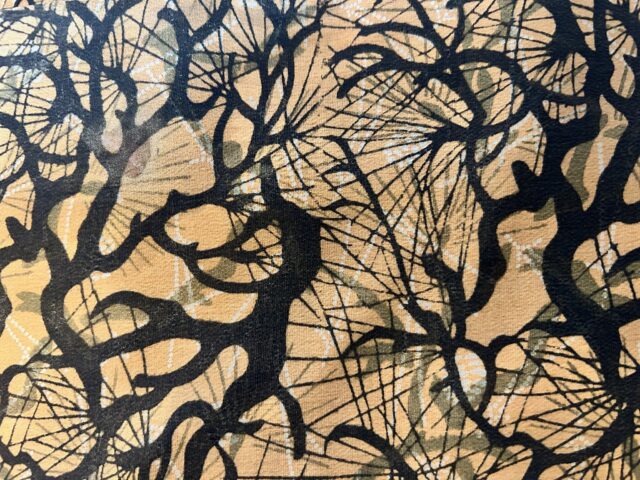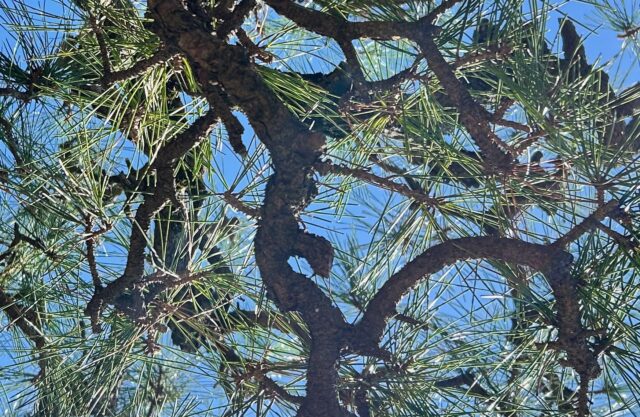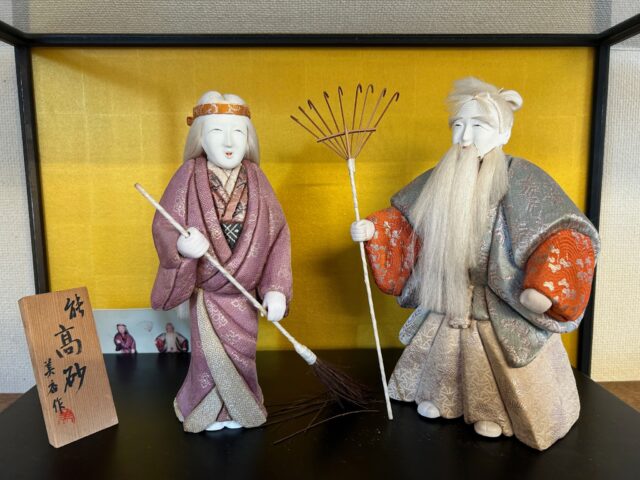Jarman International CEO, Ruth Marie Jarman, and JI Core 50 Consultant, Sébastien Duval, visited the city of Takasago (Hyogo Prefecture) in mid-September to learn about a local dyeing technique called Takasago-zome.

Dating back to the early 1600s, the Takasago method involves intricate patterns overlaid with symbols of good fortune (such as cranes, turtles and pine cones) in overall images that can resemble being under a matsu pine tree and looking up to the sky through its branches.
Due to its popularity during the Edo Period (1603 – 1868), the Grand Mistress of the Edo Imperial Household gifted Takasago-printed garments to ladies in her favor and some 100 of them to Dutch emissaries. It is possible that a few of these pieces of Japanese history may still be the prized possession of a few households in Amsterdam.

Ruth reflects on her visit saying, “I was struck not only by the story, but also the fervent desire of the people in Takasago to protect this art. If you ever go to Himeji Castle, I urge you to get back on the train for a couple of stops and visit Takasagoya where you can learn the history of Takasago-zome, stroll through the shoutengai (local Japanese shopping street) to Takasago Shrine and rest at Ever Hotel (which both Sébastien and I found very welcoming and comfortable).”
“Even though I’ve lived in Japan for some 37 years, I constantly find myself learning something new. This, surely, is one of the reasons I stay.”

